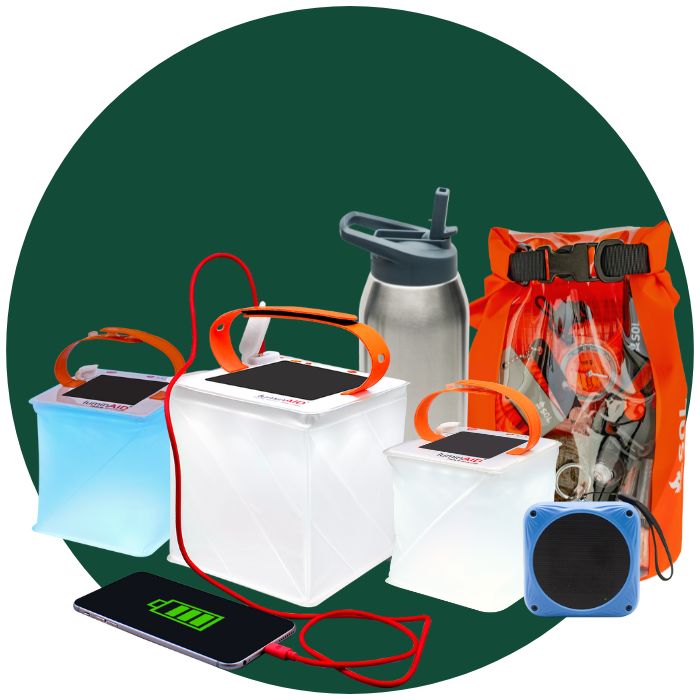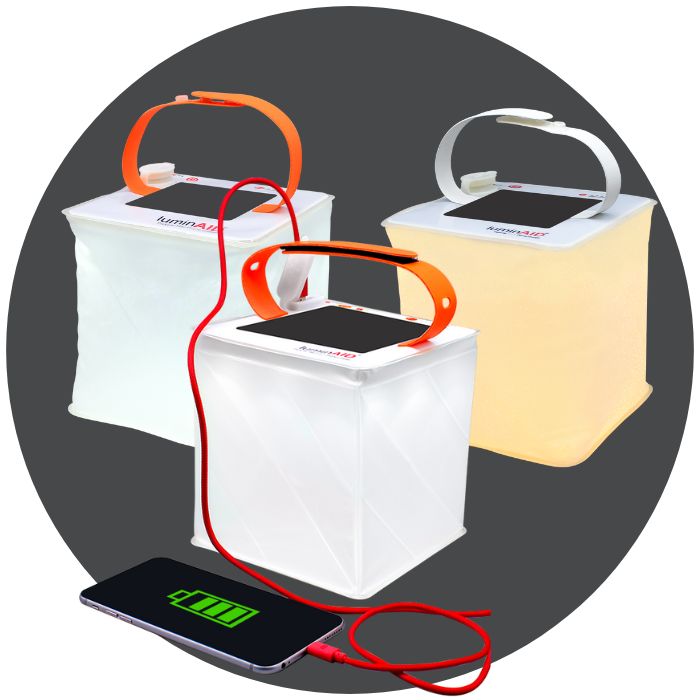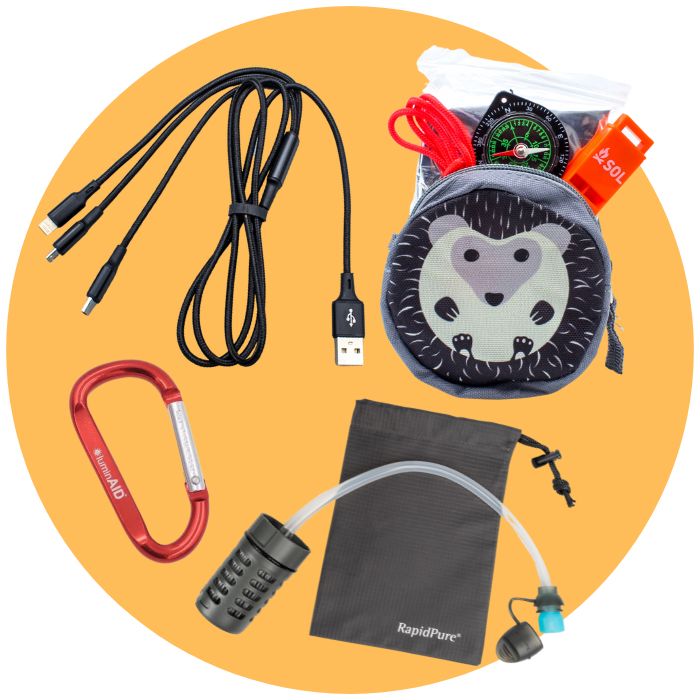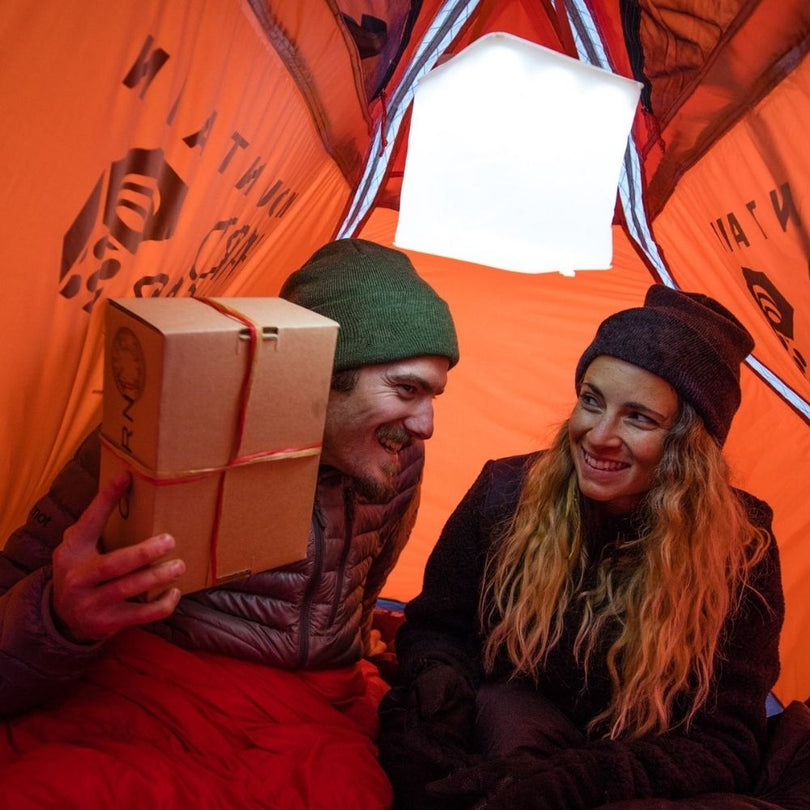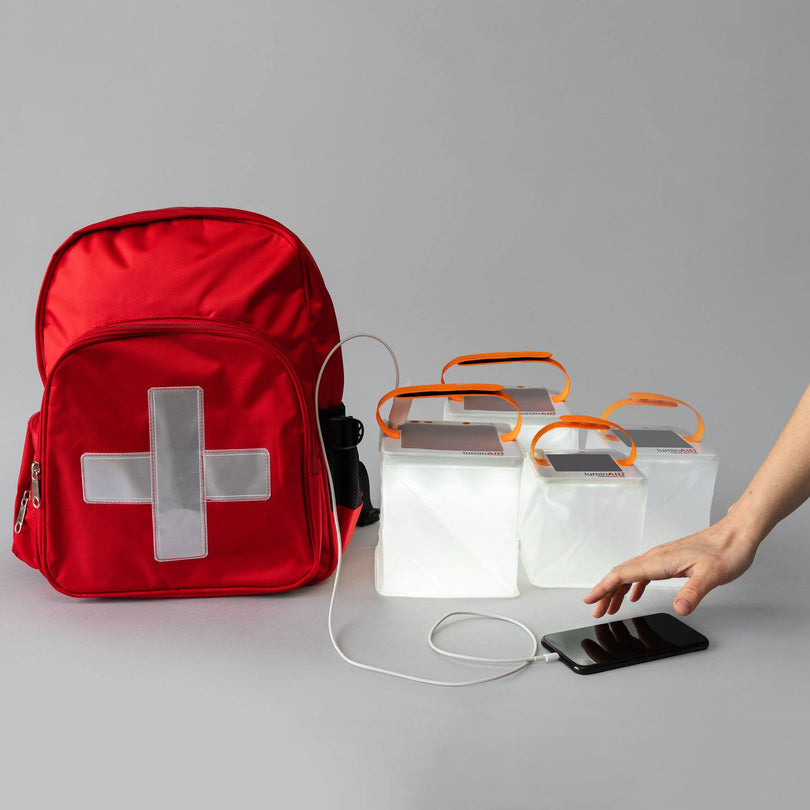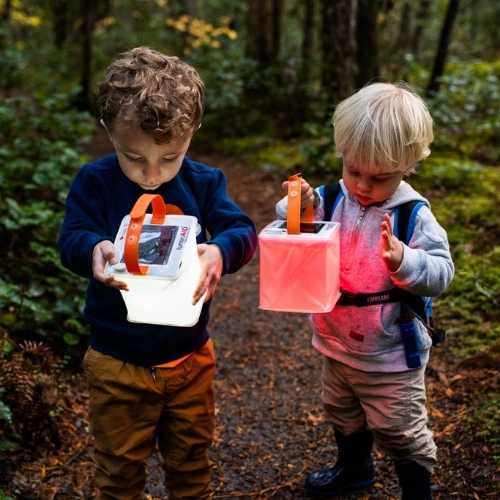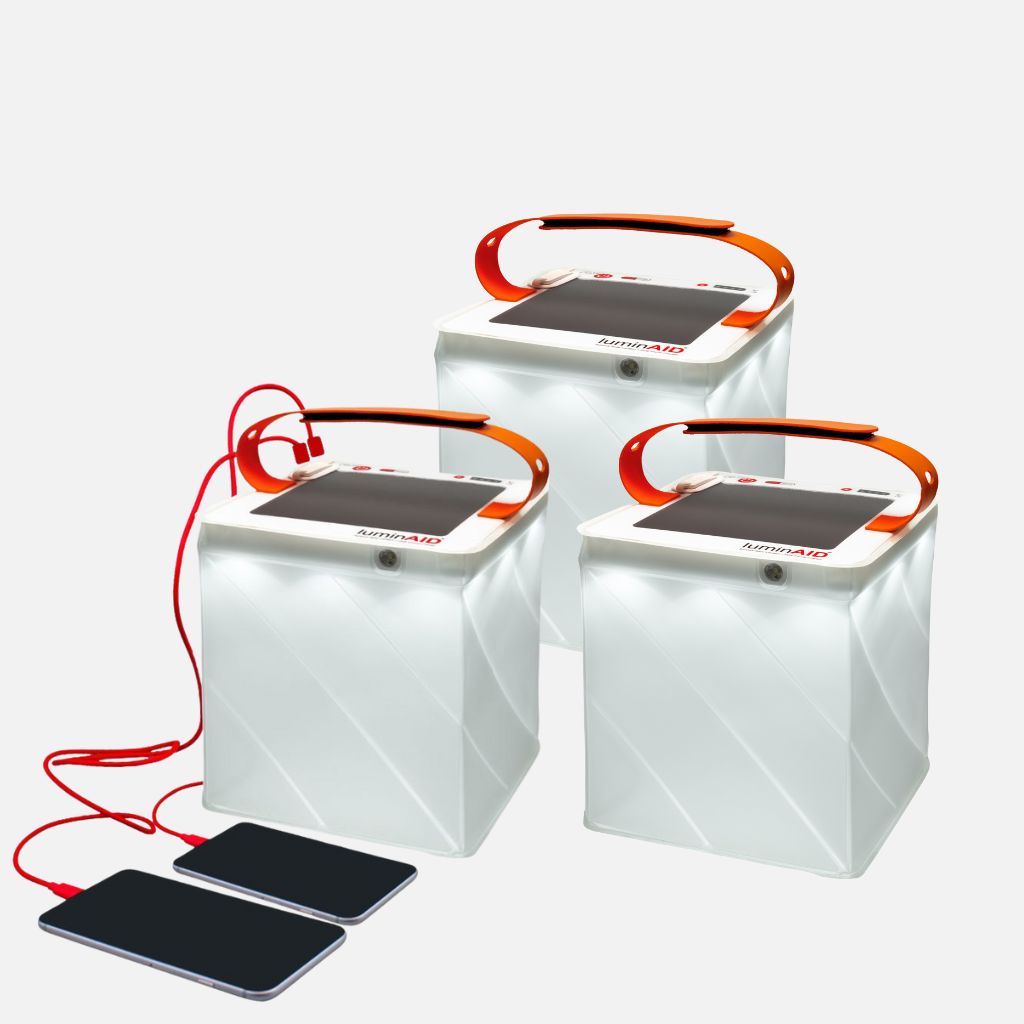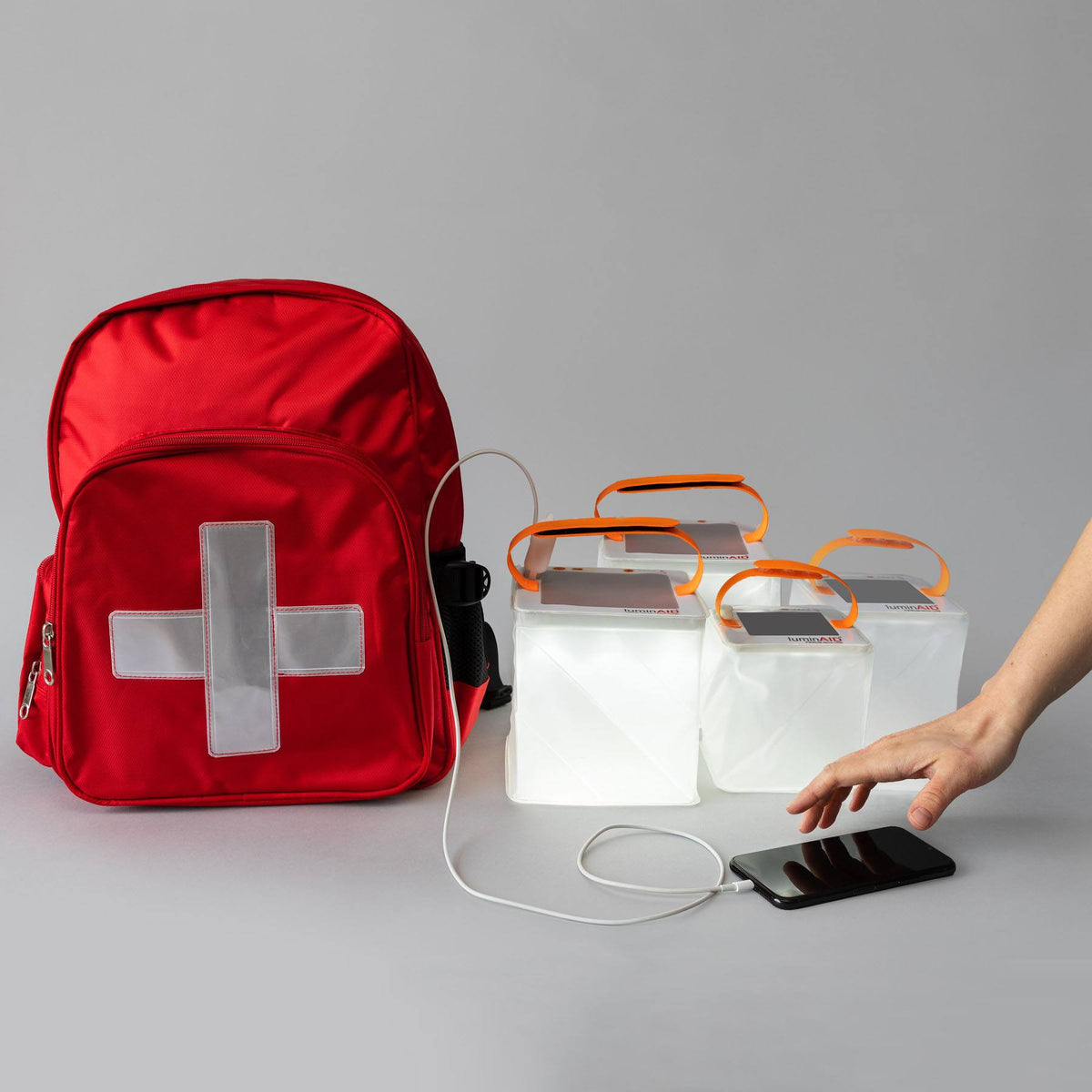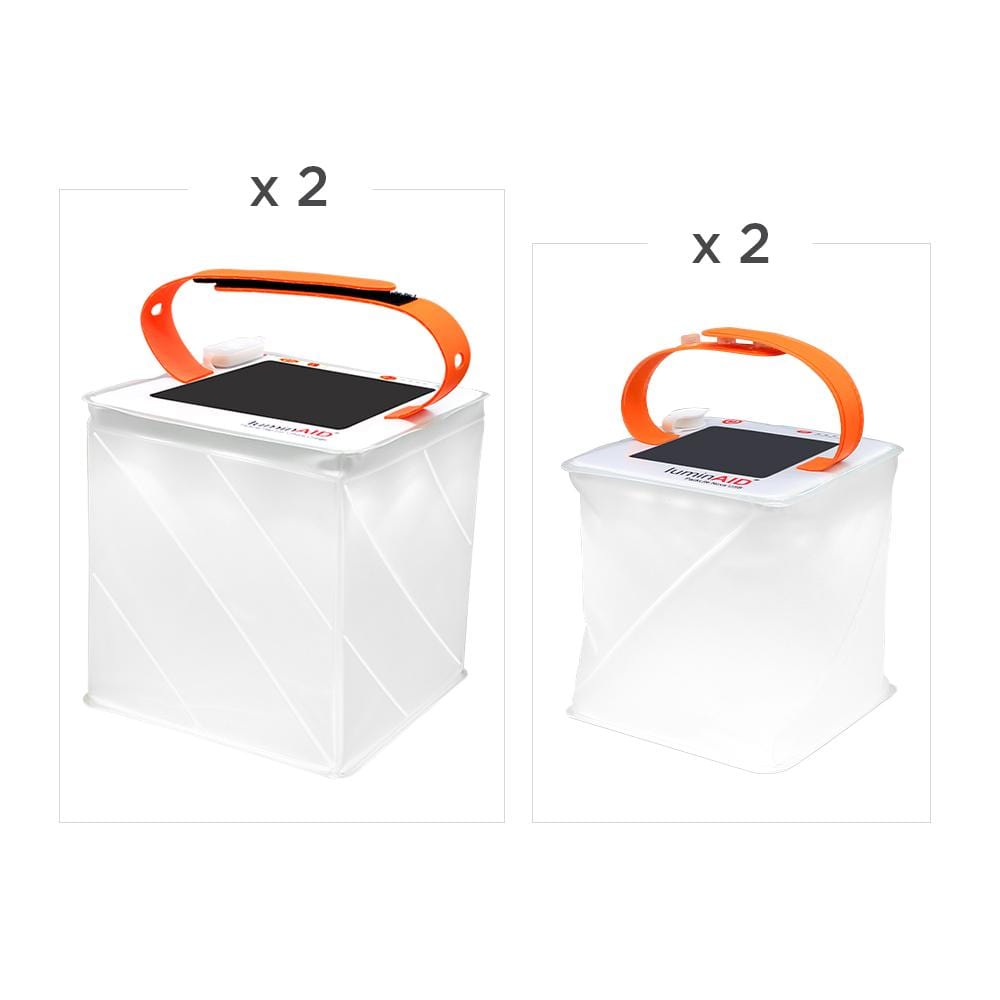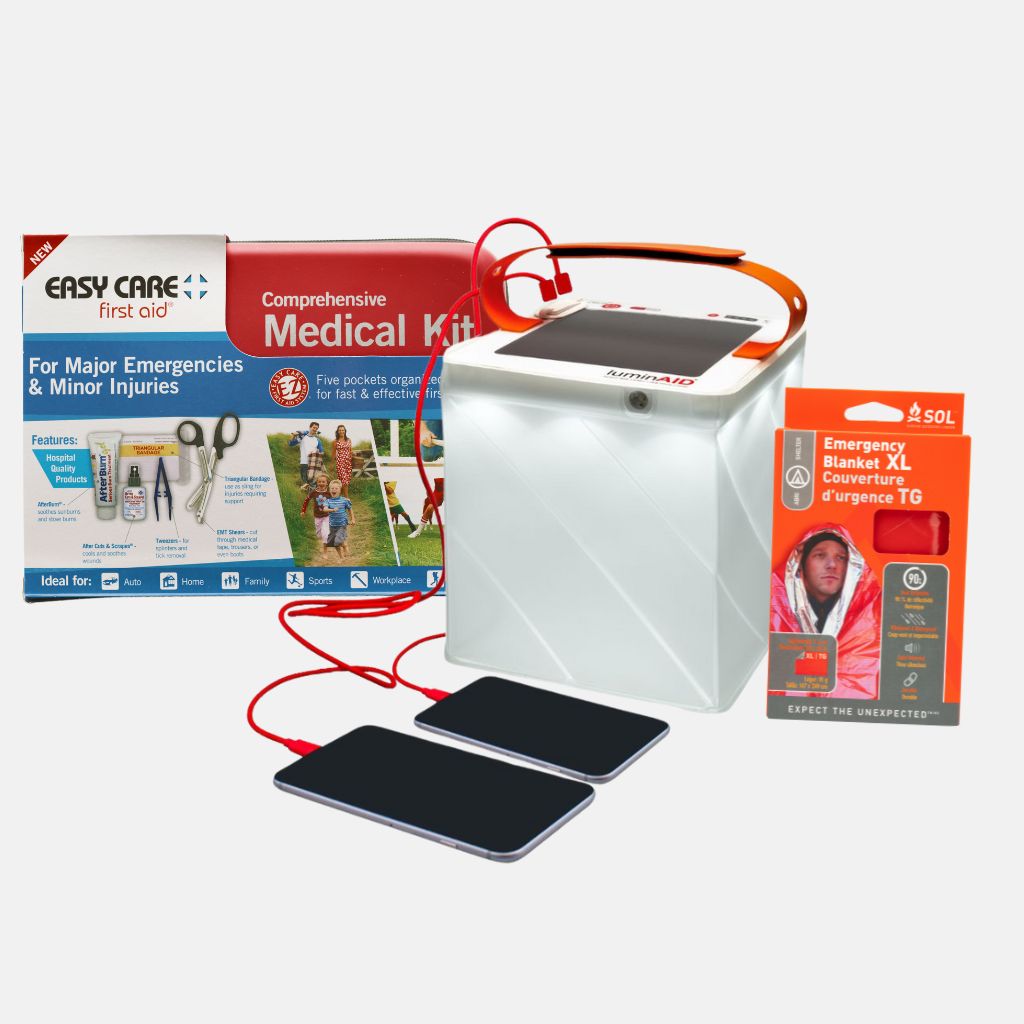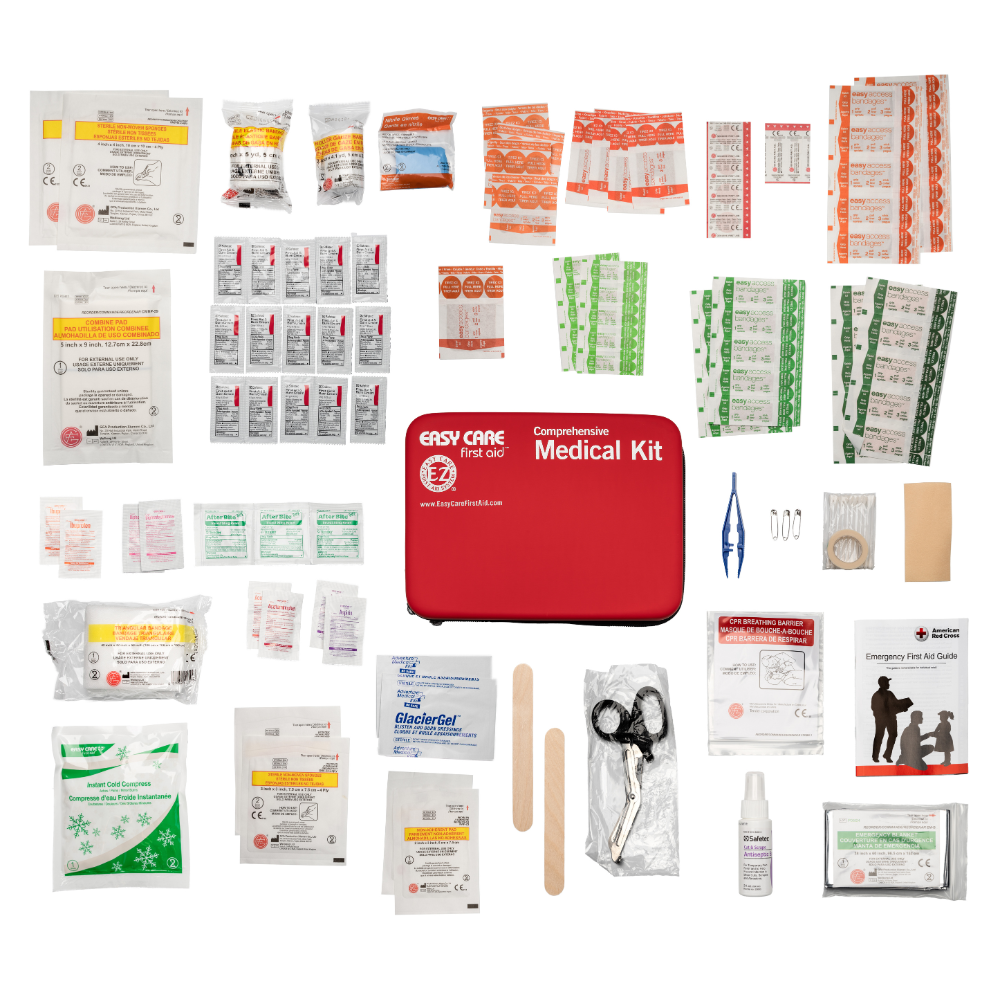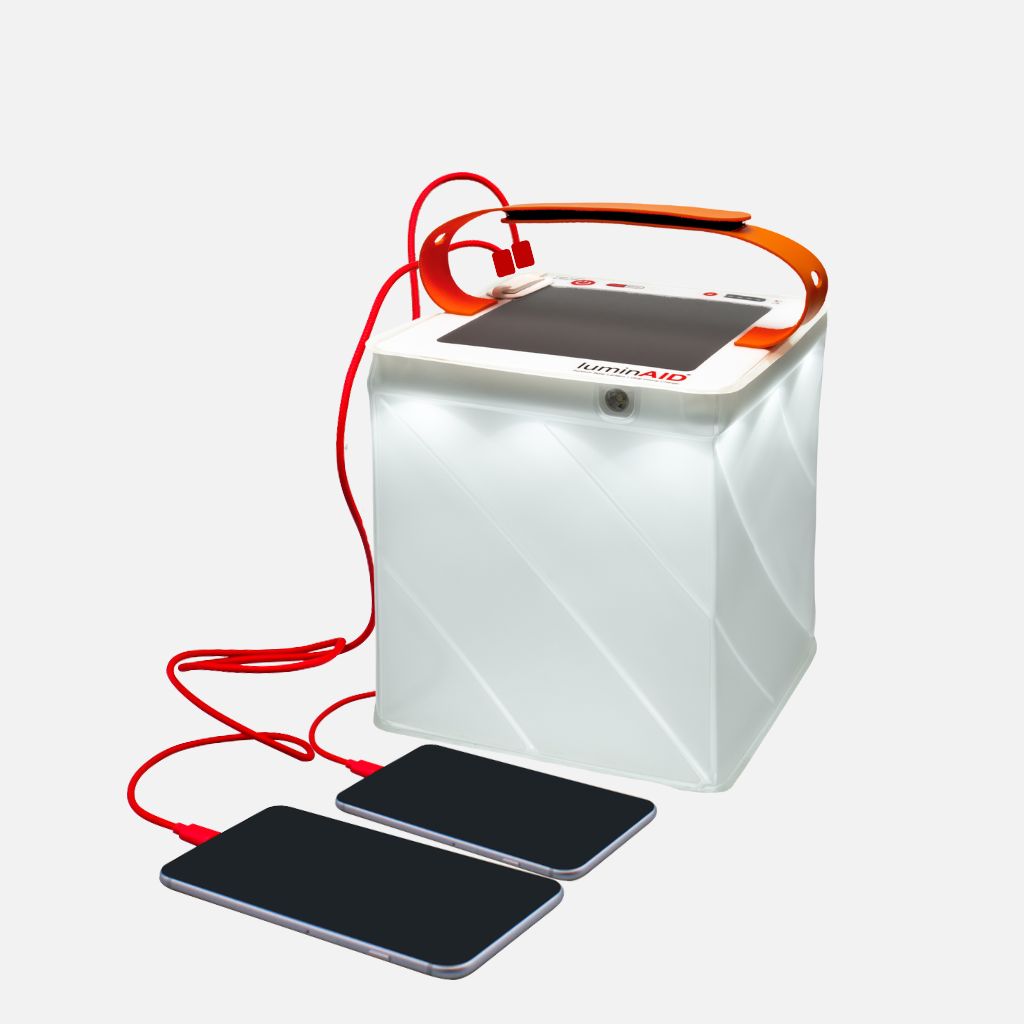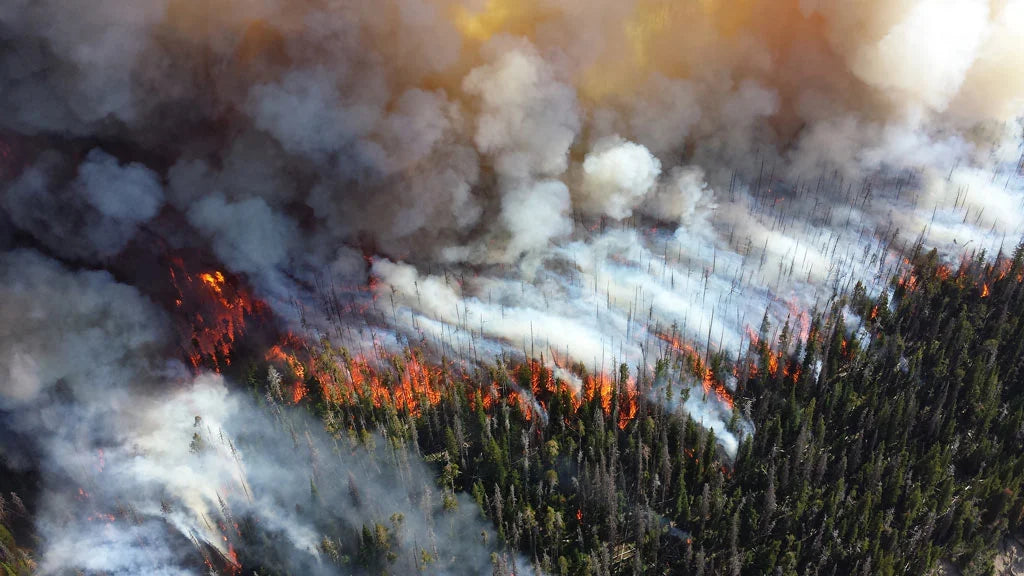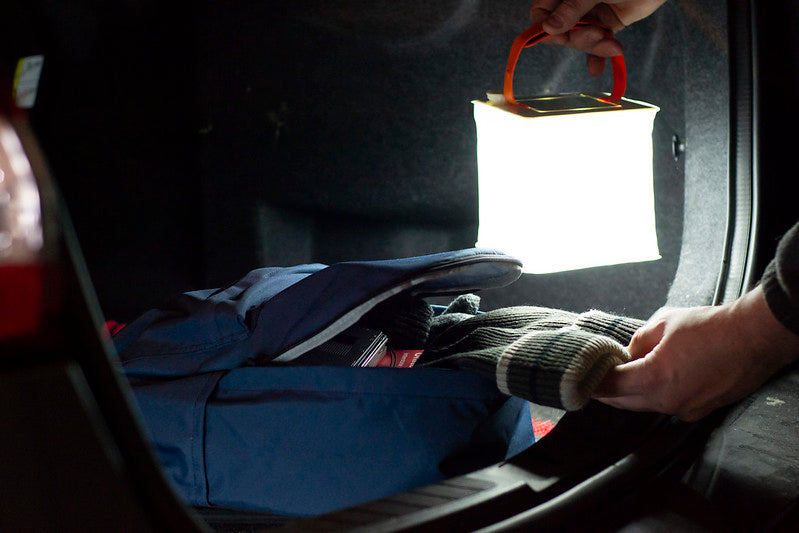Hurricane season is the time of year when hurricanes are most likely to occur. It’s important to know when the start and end dates are so you can complete all hurricane preparations before the season begins. It’s also important to keep hurricane season in mind when traveling to an Atlantic coastal state.
When is hurricane season?
The hurricane season depends on geographical location–make sure you follow protocols for the season that is relevant to your location.
In the Atlantic
The Atlantic hurricane season runs from June 1st to November 30th.
In the Pacific
The Eastern Pacific hurricane season runs from May 15th to November 30th.
The Central Pacific hurricane season runs from June 1st to November 30th.
The Western Pacific typhoon season runs from April 1st to December 30th. In this area, hurricanes are called typhoons.
How do hurricanes form?
Hurricanes begin as storms which form in tropical or subtropical waters. They consist of clouds and thunderstorms which rotate in an organized system. As wind speeds rise, the storm is classified as a tropical storm, and when winds reach 74 mph, the system is classified as a hurricane.
Hurricanes are strongest on the ocean, since they feed off of warm ocean waters to create energy. This means that they begin to weaken when they hit land. However, these powerful storms still inflict billions of dollars in damage to coastlines and cities.
Hurricane categories
Hurricane categories are measured using the Saffir-Simpson Hurricane Wind Scale, which rates hurricanes with categories 1-5 based on maximum sustained wind speed.
Category 1: Maximum sustained winds are at or above 74 mph. Expect shingle and gutter damage, as well as snapped tree branches.
Category 2: Maximum sustained winds are at or above 96 mph. Expect roof and siding damage to homes, and for small trees to be uprooted.
Category 3: Maximum sustained winds are at or above 111 mph. Expect severe damage to homes, and some downed trees.
Category 4: Maximum sustained winds are at or above 130 mph. Expect catastrophic damage – a high percentage of homes will be severely damaged, and many trees and power lines will fall.
Category 5: Maximum sustained winds are at or above 157 mph. Expect catastrophic damage – a high percentage of homes will be destroyed, and most trees and power lines will fall.

Traveling to hurricane prone states?
If you travel to a hurricane prone state during hurricane season, make sure you’re prepared. Tropical storms can form quickly, so make a plan for what you will do if a hurricane is forecasted during your vacation.
Typical damage from hurricanes
Storm surges, which are a rise in water level that is not correlated with astronomical tides, are the deadliest aspect of hurricanes. Severe damage is also caused by high winds, rip currents, and flooding.

Power outages are almost guaranteed during a hurricane, and the higher the category, the longer the outage. Extreme outages caused by a category 4 or 5 hurricane are estimated to last longer than a month.
It’s a good idea to get travel insurance if you expect to encounter a hurricane during your vacation. There are specific hurricane insurance policies you can choose from that will cover any damage incurred by hurricanes while you travel.
Essentials to take on a trip during the hurricane season
Since you never know whether a hurricane will happen during your trip, don’t forget to pack these hurricane prep essentials in your suitcase.
LuminAID power lantern: source of light and phone charging

LuminAID power lanterns are super bright, fully solar powered, and have a run time of up to 100 hours. They’re lightweight, durable, and pack flat for easy transport. Plus, they double as a phone charger! With this technology, you’ll be able to light your surroundings and charge your phone without access to electricity.
Radio
During an emergency, authorities will broadcast important information over an emergency channel. Bring a small radio and tune it to the correct station so you can receive any critical news about hurricane forecasts, evacuation routes, and locations of shelters.
Hygiene items
Keep all necessary personal hygiene items in a watertight bag. Pack like you will be staying for longer than your vacation is planned. Items may include wet wipes, feminine hygiene products, and hand sanitizer.
Cash
During a hurricane, power outages will make card payments impossible. Bring $50 to $100 in cash so you can buy necessities if needed.
Food and water
You can’t bring an entire emergency kit with you while traveling, but you can prepare by bringing lightweight food options and a water purifier. These will be invaluable tools if you are caught in a hurricane.

Hurricane season by state
Hurricanes affect each state differently, and it’s important to know what you can expect when traveling during hurricane season. Here is some information about the states that hurricanes most prominently affect.
Florida
In the last 170 years, Florida has been hit by 120 hurricanes. That’s 0.7 hurricanes per year, or 7 hurricanes every 10 years. The last few years have marked an above-normal season for Florida, with hurricanes starting in May rather than June.
Texas
In the last 170 years, Texas has been hit by 64 hurricanes. That’s 0.38 hurricanes per year, or 3.8 hurricanes every 10 years. Texas’s major hurricane days fall in August, compared to many other states which experience the most hurricanes in September.
Puerto Rico
Hurricanes also frequently affect this U.S. territory. In the last 32 years, Puerto Rico has been affected by 26 hurricanes. That’s 0.8 hurricanes per year, or 8 hurricanes every 10 years. Many of these hurricanes did not do serious damage to Puerto Rico, and instead brought heavy rainfall that led to some flooding.
Louisiana (New Orleans)
In the last 170 years, Louisiana has been hit by 62 hurricanes. That’s 0.36 hurricanes per year, or 3.6 hurricanes every 10 years. New Orleans is especially susceptible to hurricanes because of its proximity to the Gulf Coast–it is often hit by severe storms and experiences major flooding.
South Carolina
In the last 170 years, South Carolina has been hit by 31 hurricanes. That’s 0.18 hurricanes per year, or 1.8 hurricanes every 10 years. Contrary to NOAA predictions, South Carolina has had a below-normal season so far, with no named hurricanes and one small tropical storm that reached the state. There is still plenty of time for this to change, since August through October are South Carolina’s most active hurricane months.
North Carolina
In the last 170 years, North Carolina has been hit by 58 hurricanes. That’s 0.34 hurricanes per year, or 3.4 hurricanes every 10 years. North Carolina has also experienced a below-average hurricane season, and NOAA has dropped its prediction of the chances of an above-average season from 65% to 60%, while it has raised its prediction for the chances of a near-normal season from 20% to 30%.
Georgia
In the last 170 years, Georgia has been hit by 21 hurricanes. That’s 0.12 hurricanes per year, or 1.2 hurricanes every 10 years. Due to common hurricane trajectories, North Georgia is often affected by the remnants of hurricanes. The last major hurricane to hit Georgia was the 2018 Hurricane Michael. This was the first major hurricane to seriously impact Georgia in over 120 years.
Hawaii
Though many hurricanes pass near Hawaii, only few hit these islands due to its unique climate. In the last 32 years, 39 hurricanes have affected Hawaii in some way, usually through heavy rain. That’s 1.2 instances of effects from hurricanes each year. However, only 5 hurricanes and tropical storms have caused serious damage in Hawaii since 1950. That’s 0.069 serious hurricanes per year, or 6.9 serious hurricanes every 100 years.
Security measures during a hurricane when on a trip
If your trip is interrupted by a hurricane, it’s important to take safety measures immediately.
Never go out
Hurricanes are classified by extremely high winds, which carry loose items and debris through the air at high speeds. Stay inside in a protected area to prevent injury from the storm and resulting flying objects.
Close shutters / board up windows
Windows are one of the weakest points of a house, and are most susceptible to break from high winds and flying debris. This is both extremely damaging to the building and very dangerous for anyone inside. Close shutters and board up windows if possible– however, make sure to do this before the hurricane hits, and stay inside once it has arrived.
Stay away from windows and doors
Even if you have taken precautions to secure windows and doors, they are still the weakest parts of a building and have the highest probability of being damaged or destroyed. If this happens, the building will suddenly be exposed to high winds, flying debris, rain, and flooding. Stay away from all windows and doors to make sure you are not injured in the event that they fail.
Don’t use electric appliances
It is extremely likely that you will lose power during a hurricane. When power is restored, there may be a power surge which will damage any electrical appliances which are turned on, or turned off but plugged into an outlet. Minimize this risk by unplugging all electrical appliances, and using an alternate source of power.

LuminAID power lanterns are a great option during a power outage. They’re bright, durable lanterns that recharge using solar power and pack flat for easy, lightweight storage. They also double as phone chargers, so you can have both light and phone battery even in a prolonged power outage.
Keep your pets secured (in carriers)
Hurricanes can be especially scary for pets, and it’s possible that they may bolt given the chance. Even if your pet normally stays close to you, they may get confused and lost in the chaos of the hurricane. Keep your pets secured so they cannot get outside– there’s little chance of them returning from the storm.
Follow the news about the hurricane
During your trip, stay updated on all news regarding hurricanes. Pay close attention to hurricane forecasts, and take all recommended precautions. This website from NOAA provides tracking information for hurricanes that is updated throughout the day. Be sure to also research any local websites that post hurricane information, as it will be much more specific to the area.
Summary
Hurricanes are powerful storms with the potential to cause a lot of damage. By learning more about the hurricane season, you can prevent harm and prepare yourself for any upcoming storm. Be cognizant of the potential for a hurricane even if you’re traveling to a hurricane state for only a few days. It pays to be prepared, and many precautions only take a few minutes to complete. Once you have learned about hurricanes and formed a plan, you’re set to travel anywhere during hurricane season.

